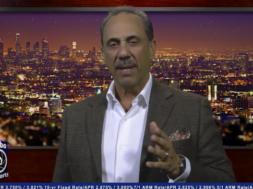2015 may be the year that millennials begin to find their way into the housing market. Millennials are America’s largest demographic at 92 million strong, even larger than the Baby Boomers. The economic crash hit them particularly hard. Burdened by student loan debt and a lack of employment, many of them moved home to live with their parents. Millennials have been characterized as “snug in the nest but waiting to fly.” 2015 looks like their time to fly. Millennials have been slow to enter the housing market due to a number of factors, mostly revolving around tight credit, large down payment requirements, and poor employment figures. Excessive student loan debt and uncertain employment futures have also contributed to this group’s desire to stay at home in the family nest, getting their proverbial ducks in a row prior to committing to a home purchase. For the more independent people in this group, renting made more sense than committing to a home purchase. Millennials have been slower to settle down and start families than previous generations. In 1973, the average age of marriage was 23. Today, it is 30. Without the security of a dual income household or the impetus of having children, millennials have been content to stay in their rental units and bide their time. Several factors are expected to move millennials toward the housing market in the coming years. Sharply increasing rents across the country are straining single income budgets. As millennials see more of their income spent on rents, their desire to build equity grows. In addition, the improved economy means that unemployment among this age group has dropped significantly and incomes are beginning to rise. In some markets, millennials have simply found themselves priced out of the housing market with home prices too high and down payment requirements out of their reach. Freddie Mac’s recent announcement of the Freddie Mac Home Possible AdvantageSM program means that the mortgage insurer will start buying mortgages with down payments as low as 3.5%. Millennials who are gainfully employed and otherwise creditworthy will find the last hurdle to home ownership reduced through this program. While the wait may be over, don’t expect to see millennials wading into the home buying waters in droves just yet. Millennials made up 32 percent of the housing market in 2014, a 4 percent increase from previous years. With limited housing inventory and intense competition among buyers, this group’s move toward housing is expected to be slow but steady.


















